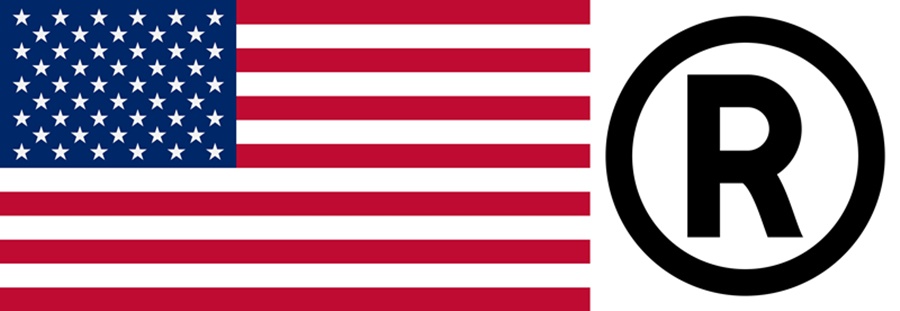
The Section 71 Declaration of Use is a document filed with the United States Patent and Trademark Office (USPTO) for the purpose of maintaining a registered extension of protection in the United States under the Madrid Protocol. The Section 71 only applies to trademarks that are registered with the USPTO through the Madrid Protocol. If your trademark is registered under Section 1(a) (use in commerce) or Section 44(e) (U.S. registration based on a foreign trademark registration), then you are required to file the Section 8 Declaration of Use rather than the Section 71 Declaration of Use.




